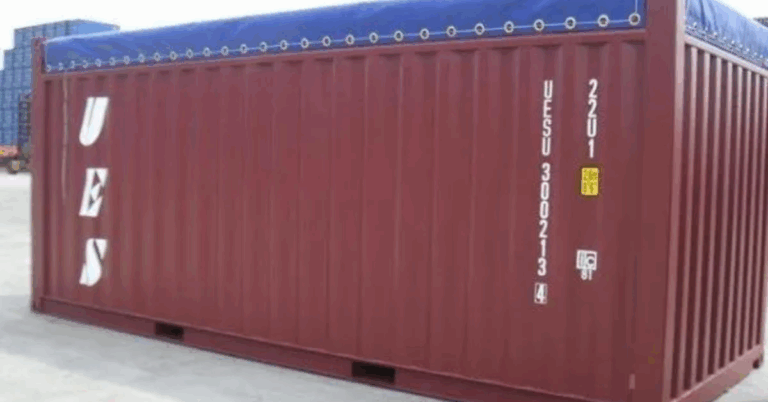The Future of Workspaces: Adapting to Hybrid and Flexible Models
In recent years, there has been a significant shift in the way we work. The traditional concept of a nine-to-five office job is evolving, as more companies embrace remote work and flexible schedules. With advancements in technology and changes in workplace culture, the future of workspaces is moving towards hybrid and flexible models. In this article, we will explore the benefits and challenges of these new workspaces, as well as how companies can adapt to this changing landscape.
The Rise of Hybrid Work
Hybrid work models combine elements of both remote work and traditional office-based work. Employees have the flexibility to work from home or in the office, depending on their preferences and the nature of their work. This approach offers a balance between the convenience of remote work and the collaboration opportunities of in-person interactions. Many companies have adopted hybrid work models to attract and retain top talent, improve work-life balance, and increase productivity.
Benefits of Hybrid Workspaces
There are several benefits to adopting a hybrid work model. One of the main advantages is increased flexibility for employees. By allowing staff to work remotely, companies can accommodate different work styles and preferences. This flexibility can lead to improved employee satisfaction and retention rates. Additionally, hybrid workspaces promote a better work-life balance, as employees have more control over their schedules and can avoid long commutes to the office.
Another benefit of hybrid workspaces is increased productivity. Research has shown that employees who have the option to work from home are often more productive than those who are confined to a traditional office setting. Remote work eliminates distractions and interruptions, allowing employees to focus on their tasks and complete them more efficiently.
Challenges of Hybrid Workspaces
While hybrid work models offer many benefits, they also present challenges for employers and employees. One of the main challenges is maintaining communication and collaboration among team members. When employees are working remotely, it can be difficult to foster a sense of connection and teamwork. Companies must invest in technology and tools to facilitate virtual meetings, project collaboration, and team building activities.
Another challenge of hybrid workspaces is ensuring that all employees have equal access to resources and opportunities. Not all employees may have access to a quiet workspace or reliable internet connection at home. Companies need to provide support and resources to help employees overcome these barriers and succeed in a remote work environment.
Adapting to Hybrid and Flexible Models
As companies transition to hybrid and flexible work models, it is important to develop strategies and policies that support this new way of working. Employers should establish clear guidelines for remote work, including expectations for hours worked, communication protocols, and performance evaluations. It is also essential to provide training and support to help employees navigate the challenges of remote work and stay connected with their colleagues.
Managers play a crucial role in supporting employees in hybrid workspaces. They should communicate regularly with their team members, provide feedback and guidance, and create opportunities for virtual collaboration and team building. By fostering a positive work culture and maintaining open lines of communication, managers can help their team thrive in a hybrid work environment.
FAQs
1. What is a hybrid workspace?
A hybrid workspace combines elements of remote work and traditional office-based work. Employees have the flexibility to work from home or in the office, depending on their preferences and the nature of their work.
2. What are the benefits of hybrid workspaces?
Some of the benefits of hybrid workspaces include increased flexibility for employees, improved work-life balance, and increased productivity. Employees have the freedom to work where and when they are most productive, leading to higher job satisfaction and retention rates.
3. What are the challenges of hybrid workspaces?
Challenges of hybrid workspaces include maintaining communication and collaboration among team members, ensuring equal access to resources for all employees, and overcoming barriers such as distractions and unreliable internet connections. Companies must invest in technology and support systems to help employees succeed in a remote work environment.
4. How can companies adapt to hybrid and flexible work models?
Companies can adapt to hybrid and flexible work models by developing clear guidelines for remote work, providing training and support for employees, and fostering a positive work culture. Managers play a critical role in supporting their team members and facilitating communication and collaboration in a hybrid work environment.







